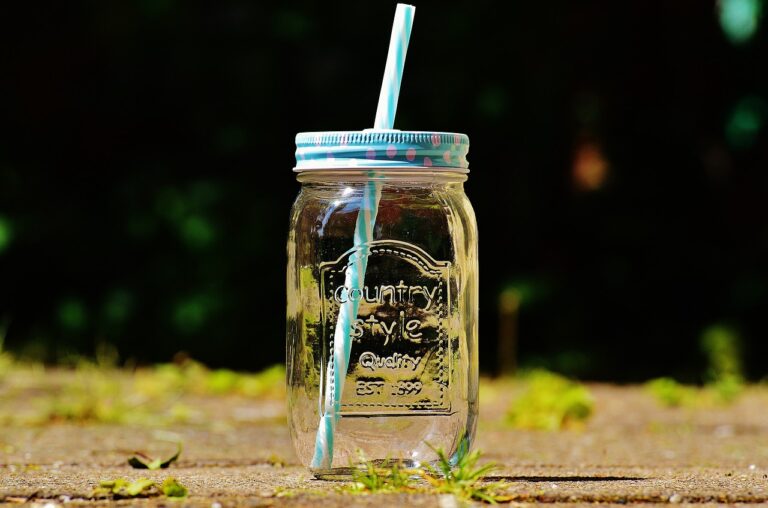Sustainable Fashion: Ethical Choices for a Conscious Closet
Sustainable fashion is a growing trend in the fashion industry that focuses on producing clothing, accessories, and footwear in an environmentally and ethically conscious manner. It involves using sustainable materials, reducing waste, and promoting fair labor practices. In this article, we will explore the concept of sustainable fashion and provide tips on making ethical choices for a conscious closet.
Why Sustainable Fashion Matters
Sustainable fashion is important for several reasons. Firstly, the fashion industry is known for its significant environmental impact, including pollution, water consumption, and waste generation. By choosing sustainable fashion, consumers can reduce these negative effects and help protect the planet for future generations. Additionally, sustainable fashion promotes fair labor practices and supports local communities, ensuring that garment workers are paid fairly and work in safe conditions.
How to Build a Conscious Closet
Building a conscious closet involves making thoughtful choices about the clothing and accessories you purchase. Here are some tips to help you create a sustainable wardrobe:
Choose Quality Over Quantity
Invest in high-quality pieces that are built to last, rather than buying cheaply made fast fashion items that will quickly fall apart. Quality clothing can be worn for years, reducing the need for frequent purchases and ultimately saving you money in the long run.
Buy Secondhand
Shopping at thrift stores, consignment shops, and online resale platforms is a great way to extend the life cycle of clothing and prevent items from ending up in landfills. Secondhand shopping also allows you to discover unique pieces that you won’t find in mainstream stores.
Support Sustainable Brands
Look for brands that prioritize sustainability and ethical practices in their production processes. This includes using eco-friendly materials, reducing waste, and ensuring fair wages for workers. By supporting these brands, you can help drive positive change in the fashion industry.
Avoid Trendy Pieces
Trends come and go, but classic styles stand the test of time. Instead of constantly chasing the latest fashion fads, focus on building a timeless wardrobe that will remain stylish season after season. This approach reduces the pressure to constantly buy new clothes and encourages a more sustainable mindset.
Care for Your Clothing
Properly caring for your clothes can extend their lifespan and reduce the need for replacements. Follow care instructions on clothing labels, wash items in cold water, and air dry when possible to minimize wear and tear. By taking care of your clothes, you can enjoy them for longer and reduce your overall environmental impact.
FAQs
Q: What are some sustainable materials used in fashion?
A: Sustainable materials in fashion include organic cotton, hemp, bamboo, recycled polyester, and Tencel. These materials are eco-friendly alternatives to traditional fabrics and help reduce environmental impact.
Q: How can I tell if a brand is truly sustainable?
A: Look for certifications such as B Corp, Fair Trade, or Global Organic Textile Standard (GOTS) to ensure a brand’s commitment to sustainability. Additionally, research the brand’s transparency in their supply chain and production practices.
Q: Is sustainable fashion more expensive?
A: While sustainable fashion can have a higher upfront cost, investing in quality pieces that last longer can ultimately save you money in the long term. Additionally, shopping secondhand and supporting ethical brands can help make sustainable fashion more accessible.
Q: How can I recycle old clothing?
A: Donate gently used clothing to thrift stores, participate in clothing swaps with friends, or recycle worn-out garments through textile recycling programs. Many brands also offer recycling programs for their products.







